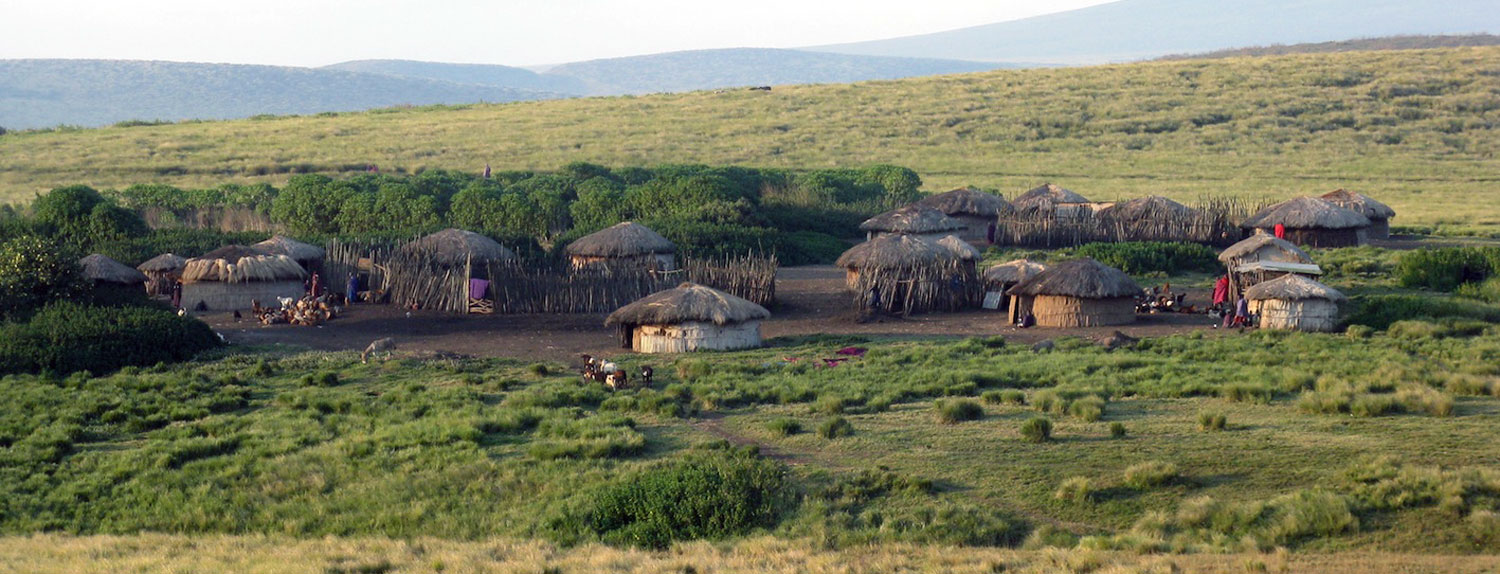The Maasai
The Ngorongoro Conservation Area (NCA) in Northern Tanzania is one of the country’s best known wildlife protected areas and is also a UNESCO (United Nations Educational, Scientific and Cultural Organisation) World Heritage site. It is part of Tanzania’s Maasai land and Maasai people have lived there since the 18th century. In 1959 they were given rights to live, graze their herds and carry out small scale farming in the Ngorongoro Conservation Area. This was in compensation for these rights being extinguished in, and all Maasai people being displaced from, the area that then became the Serengeti National Park.
Since then there has been a gradual and progressive encroachment on the land and resource rights of these communities. In 2008 the Ngorongoro Conservation Area Authority (NCAA) responsible for the area imposed a 50% reduction in the numbers of their cattle and a total destruction of their small-scale subsistence farming. This appears to spring from a deliberate, strategic misunderstanding of the nature of pastoralist land use. Traditional mobile or transhumant patterns of grazing appear, according to ecological studies, to be efficient and less damaging than ranchland methods.
The reduction in cattle and destruction of their farming has pushed these people further into poverty and destitution. Hunger and malnourishment are widespread whilst health and education facilities are inadequate. WTWT work with the people and the local government to improve these facilities and give alternative means of economic growth through microfinance loans.
Like others, we believe that there are ways of building a more balanced relationship between the interests of conservation, tourism and those of the pastoral communities in the NCA – ways in which the indigenous people have a key role in the decision making and management of the natural resources.













